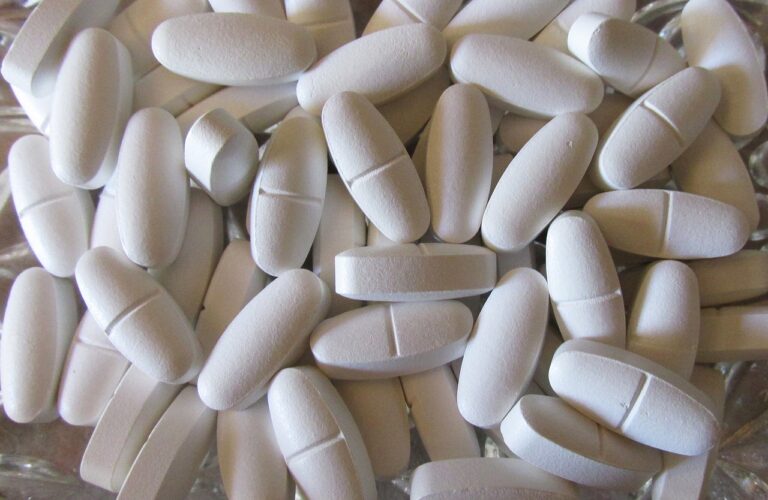Pharmacovigilance in the Era of Social Media and Online Reviews: World777, 11xplay pro, Betbook247 app login
world777, 11xplay pro, betbook247 app login: Pharmacovigilance in the Era of Social Media and Online Reviews
Imagine scrolling through your social media feed and coming across a post from a friend raving about a new medication they are taking. They swear by its effectiveness and urge everyone to give it a try. Now, imagine if that medication had potentially harmful side effects that your friend was unaware of. This scenario highlights the growing importance of pharmacovigilance in the era of social media and online reviews.
In today’s digital age, information spreads rapidly, and people are turning to platforms like social media and online reviews to share their experiences with medications. While this can be a valuable source of information for consumers, it also presents challenges for healthcare professionals and pharmaceutical companies in monitoring drug safety.
Here are some key aspects of pharmacovigilance in the era of social media and online reviews:
1. Increased awareness: Social media and online reviews have given a voice to consumers, allowing them to share their experiences with medications openly. This has raised awareness about potential side effects and safety concerns, leading to increased vigilance in monitoring drug safety.
2. Real-time monitoring: Unlike traditional methods of pharmacovigilance, which rely on reporting systems and clinical trials, social media provides real-time data on drug safety. This allows healthcare professionals to monitor trends and identify potential risks more quickly.
3. Data mining: With the vast amount of data available on social media and online reviews, healthcare professionals can use data mining techniques to analyze consumer feedback and identify patterns of adverse reactions. This can help in early detection of safety issues.
4. Engagement with consumers: Pharmaceutical companies are now engaging with consumers on social media platforms to gather feedback on their products. This direct interaction allows companies to address safety concerns promptly and improve their pharmacovigilance efforts.
5. Challenges of misinformation: While social media can be a valuable tool for pharmacovigilance, it also presents challenges in managing misinformation. False or misleading information can spread quickly, leading to unnecessary panic and confusion among consumers.
6. Regulatory implications: Regulators are also adapting to the changing landscape of pharmacovigilance by incorporating social media data into their monitoring efforts. This requires collaboration between regulators, healthcare professionals, and pharmaceutical companies to ensure the safety of medications.
In conclusion, pharmacovigilance in the era of social media and online reviews is essential in ensuring the safety of medications. By leveraging the power of social media data and online reviews, healthcare professionals and pharmaceutical companies can improve drug safety monitoring and protect consumers from potential harm.
FAQs
Q: How can consumers contribute to pharmacovigilance efforts?
A: Consumers can report any adverse reactions or safety concerns they experience with medications to healthcare professionals or regulatory authorities.
Q: Are there any regulations in place for monitoring drug safety on social media?
A: Regulators have guidelines in place for monitoring drug safety on social media, and pharmaceutical companies are required to comply with these regulations.
Q: How can healthcare professionals stay updated on the latest safety information for medications?
A: Healthcare professionals can stay updated by regularly monitoring social media, online reviews, and regulatory alerts for any safety updates related to medications.







